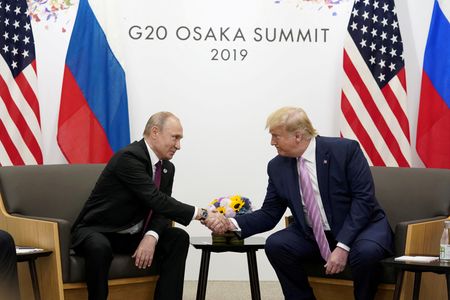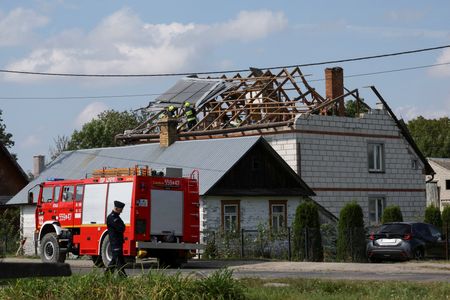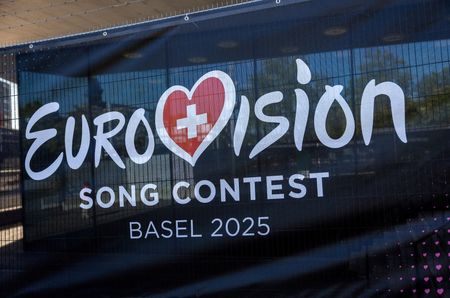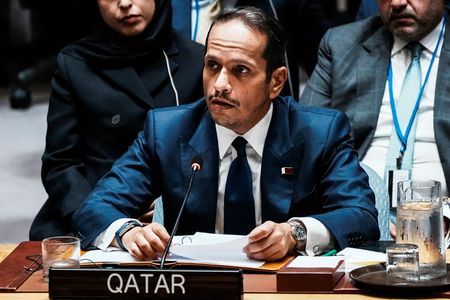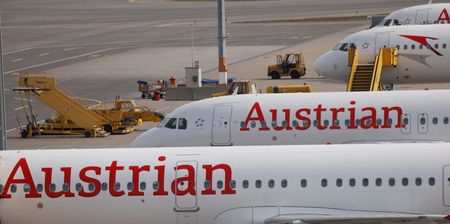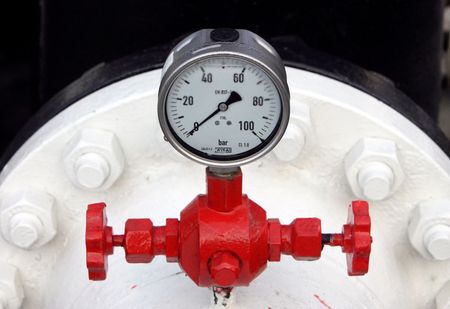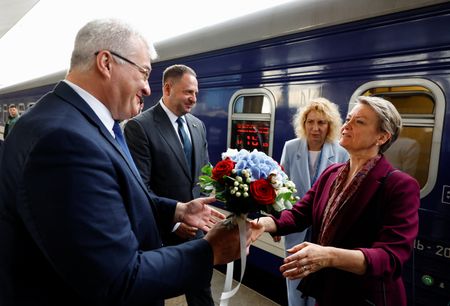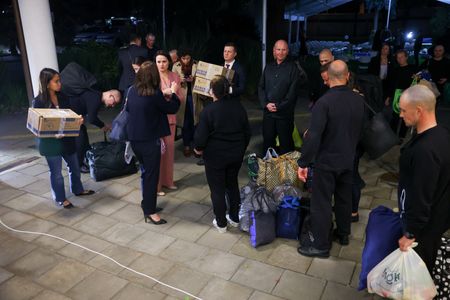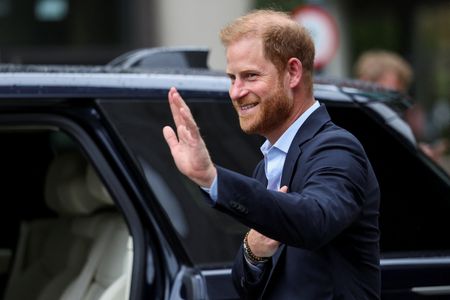MOSCOW (Reuters) -Donald Trump and Vladimir Putin spoke by telephone on Monday, the third officially announced call this year between the presidents of the United States and Russia.
How often do they speak, how do they speak and what are their positions on the war?
HOW OFTEN HAVE THEY SPOKEN?
After Trump’s inauguration in January, the first publicly announced telephone call between Trump and Putin was on Feb. 12.
Trump said then that both Putin and Ukrainian President Volodymyr Zelenskiy had expressed a desire for peace in separate phone calls, and Trump ordered top U.S. officials to begin talks on ending the war in Ukraine.
They spoke again on March 18. The Kremlin said they spoke for about 2 hours, one of the longest Putin calls.
Putin agreed to stop attacking Ukrainian energy facilities temporarily but declined to endorse a full 30-day ceasefire that Trump hoped would be the first step toward a permanent peace deal. Ukraine and Russia accused each other of breaking that moratorium on attacking energy facilities.
DO THEY SPEAK MORE OFTEN THAN IS ANNOUNCED?
The Kremlin said in March that there may have been more contacts between Trump and Putin than the publicly announced telephone calls over recent months.
Before the contacts with Trump, Putin last spoke to a sitting U.S. president in February 2022, when he and Joe Biden spoke shortly before the Russian leader ordered tens of thousands of troops into Ukraine.
Washington Post journalist Bob Woodward in his 2024 book “War” reported that Trump had direct conversations as many as seven times with Putin after he left the White House in 2021.
Asked if that were true in an interview with Bloomberg last year, Trump said: “If I did, it’s a smart thing.” The Kremlin denied Woodward’s report.
Reuters, The Washington Post and Axios reported separately that Trump and Putin spoke in early November. The Kremlin also denied those reports.
HOW DO THEY SPEAK?
They speak over encrypted lines. Translators participate. Putin speaks some English but speaks Russian to negotiate. So far, they have not used video conferencing.
WHAT IS TRUMP’S POSITION?
Trump, who says he wants to be remembered as a peacemaker, has repeatedly called for an end to the “bloodbath” of Ukraine, which his administration casts as a proxy war between the United States and Russia.
Trump has repeatedly said that Putin is open to peace and that Ukraine simply does not “have the cards” to fight a war against Russia.
Trump has ruled out NATO membership for Ukraine and suggested that past U.S. support for enlarging the U.S.-led military alliance was a cause of the war.
In late March, Trump said he was “pissed off” with Putin and will impose secondary tariffs of 25% to 50% on buyers of Russian oil if he feels Moscow is blocking his efforts to end the war in Ukraine.
European leaders say Putin is not serious about peace, though they fear Trump and he may force a punitive peace deal that will leave Ukraine essentially shorn of a fifth of its territory and lacking a strong security guarantee against possible future attack from Russia.
Former U.S. President Joe Biden, Western European leaders and Ukraine cast the invasion as an imperial-style land grab and repeatedly vowed to defeat Russian forces which they say could one day attack NATO, a claim denied by Moscow.
WHAT IS PUTIN’S POSITION?
Putin sent thousands of troops into Ukraine in February 2022. The conflict in eastern Ukraine began in 2014 after a pro-Russian president was toppled in Ukraine’s Maidan Revolution and Russia annexed Crimea, with Russian-backed separatist forces fighting Ukraine’s armed forces.
Putin, whose forces control just under one fifth of Ukraine and are advancing, says he is willing to discuss peace but is wary of a ceasefire and says fighting cannot be paused until a number of crucial conditions are worked out or clarified.
In June 2024, Putin said Ukraine must officially drop its NATO ambitions and withdraw its troops from the entire territory of the four Ukrainian regions Russia claims.
When Putin proposed direct talks with Ukraine earlier this month, Putin specifically mentioned a 2022 draft deal which Russia and Ukraine negotiated shortly after the Russian invasion started.
Under a draft peace plan crafted by the Trump administration, the U.S. would de jure recognise Russian control of Crimea, and de facto recognise Russian control of Luhansk and parts of Zaporizhzhia, Donetsk and Kherson.
(Reporting by Guy Faulconbridge, Editing by William Maclean)

